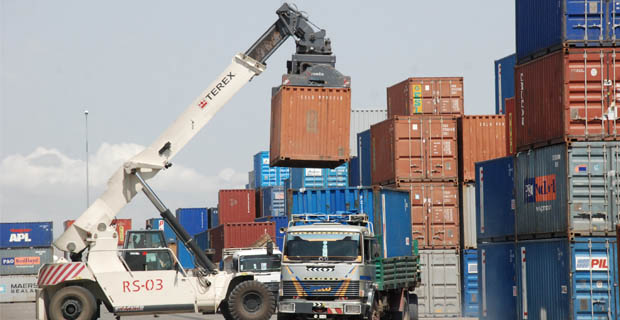Ethiopia has received the much needed impetus to strengthen its logistics thanks to the World Bank board which approved a new US $150 million toward the project.
Also read:World Bank calls for diversification on infrastructure funding in Ethiopia
The focus will be to improve Modjo Dry Port. Located in central Ethiopia, 38 miles southeast of Ethiopia’s capital, Addis Ababa the port handles 95 percent of Ethiopia’s trade and is a major bottleneck on the Ethiopia-Djibouti trade corridor.
Port Consultants Rotterdam. Notes that Modjo Dry Port is Ethiopia’s first dry port development which started on a small scale at the end of 2009, relieving the congested Djibouti.
World Bank says while Modjo Dry Port is is a single-user dry port that focuses on customs clearance, future plans is to make it become a multi-user, multi-purpose facility.
“Higher-than-average trade costs are undermining Ethiopia’s international competitiveness,” said Klaus Tilmes, director in the World Bank Group’s Trade & Competitiveness Global Practice.
“By enhancing the performance of the Ethio-Djibouti corridor through improvements in the range and quality of logistics services at Modjo Dry Port, and reducing burdensome regulations in customs, trade finance and trade facilitation, the government will be able to reap the benefits of trade that help to drive growth and reduce poverty.”
The World Bank’s board of directors has also approved a $50 million International Development Association credit for the National Quality Infrastructure (NQI) Project, aimed at boosting the competitiveness of Ethiopian industries.
World Bank said the credit will support the Ethiopian government’s efforts in establishing the country’s standardization practice, metrology, accreditation, and conformity assessment services – inspection, testing and certification.
World Bank is of the opinion that a well-functioning NQI will strengthen firms’ competitiveness and opportunities for expansion into new export markets; and will encourage investors to upgrade their products and quality of services to meet market requirements imposed by trading partners, consumers and regulatory authorities.
The project will focus on three value chains that are key to the government’s industrial policy to increase its export base, including: leather and leather products, textiles and garments, and agro-processed goods.
However, in recent years the country has been carrying much of the burden of raising finance for infrastructure development while at the same time demanding that banks invest the equivalent of 27% of the loan portfolio in low-yield state development bonds, leaving little for private business to borrow.
But in 2015 the World Bank urged for diversification on infrastructure funding in Ethiopia in a bid to finance its infrastructure projects to avoid heavy reliance on the state.
Ethiopia is the fastest growing economy in East Africa posting an annual growth of slightly over 10 percent.

